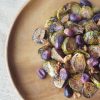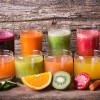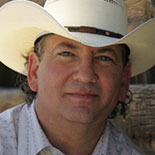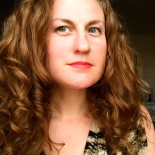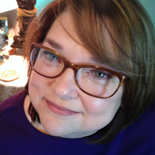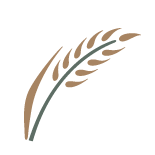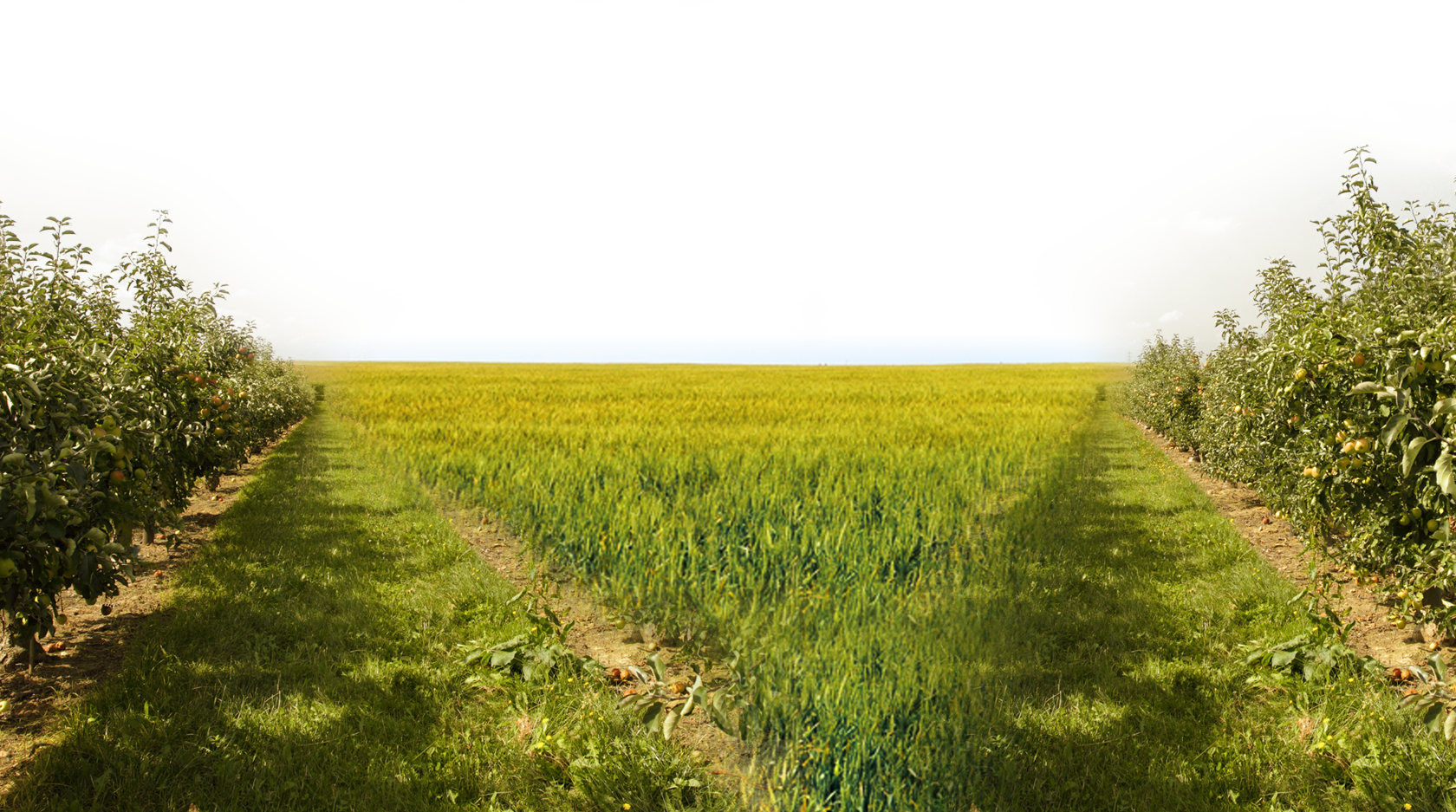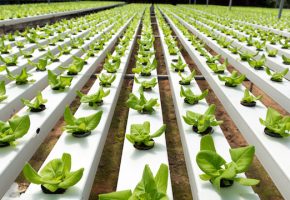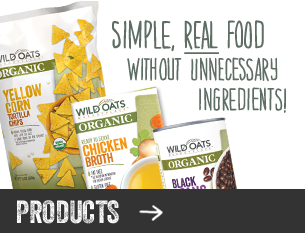
Don’t spend your money on funny honey
By Linda Bonvie | 0 Comments | Posted 10/12/2014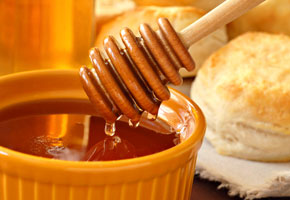
Unless you’re a professional beekeeper, chances are you haven’t heard about funny honey.
I’m talking about honey that isn’t really honey at all. Some of it may be adulterated with other sweeteners like sugar or high fructose corn syrup.
And then there’s the problem of processing of honey via “ultra-filtration,” a method of heating and filtering that removes all pollen. That was first publicized several years ago by Food Safety News after it had tests performed on honey being sold in ten states at numerous retail outlets.
What they found was that more than three-fourths of honey sold in the U.S. was so highly processed as to be totally devoid of pollen. Pollen is a honey’s documentation or fingerprint, the only way to tell where it came from.
Texas A&M anthropology professor Vaughn Bryant is a “melissopalynologist” – that’s an expert detective in identifying pollen and its source. “As far as I know I’m the only person in the U.S. who looks at honey to try and identify where it comes from,” Bryant said. “There is no one in the U.S. Customs who does it, and no one in the FDA (Food and Drug Administration) who does it.”
What Bryant looks for, based on decades of experience in distinguishing it, is pollen, the microscopic specks that bees leave behind in their honey that tell the story of where that honey came from and what those bees foraged on.
Without pollen, the origin of honey is impossible to trace, and origin is of prime importance to both beekeepers and consumers, especially if that honey is from China, the world’s number one honey-producing country.
Chinese honey is cheap and often contaminated with drugs, pesticides or even diluted with cheap sweeteners. In an attempt to keep low-cost Chinese honey from flooding the U.S. market, a big import tariff was imposed in 2001. Since pollen-free honey can’t be traced, a trick called “transshipping,” is used, where Chinese honey is shipped to other countries with fake documents and passed off as coming from a tariff-free location.
In 2011, Food Safety News reported that more than three-fourths of the honey sold in the U.S. (including 100 percent of the honey from Walgreen’s, Rite-Aid and CVS drug stores) was “ultrafilered,” so highly processed that it was totally devoid of pollen. Mark Jensen, president of the American Honey Producers Association, was quoted in the article as saying, “in my judgment, it is pretty safe to assume that any ultra-filtered honey on store shelves is Chinese honey…”
But the solution to this honey problem is really quite simple: buy your honey from local, or regional beekeepers.
To find out who is in your neck of the woods, check out this countrywide “honey finder.” Then you’ll know that what you see inside that jar is really something made in America – by American bees.
http://www.honey.com/honey-locator/


 Contact us
Contact us







